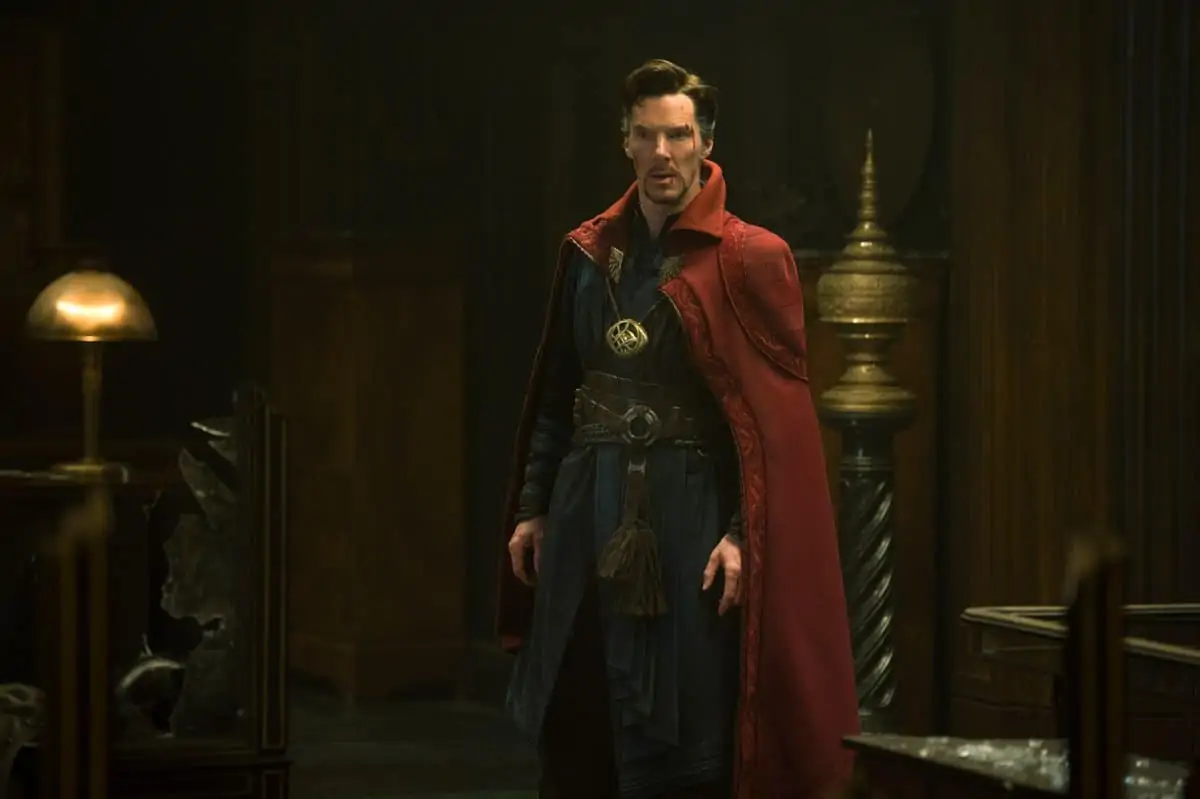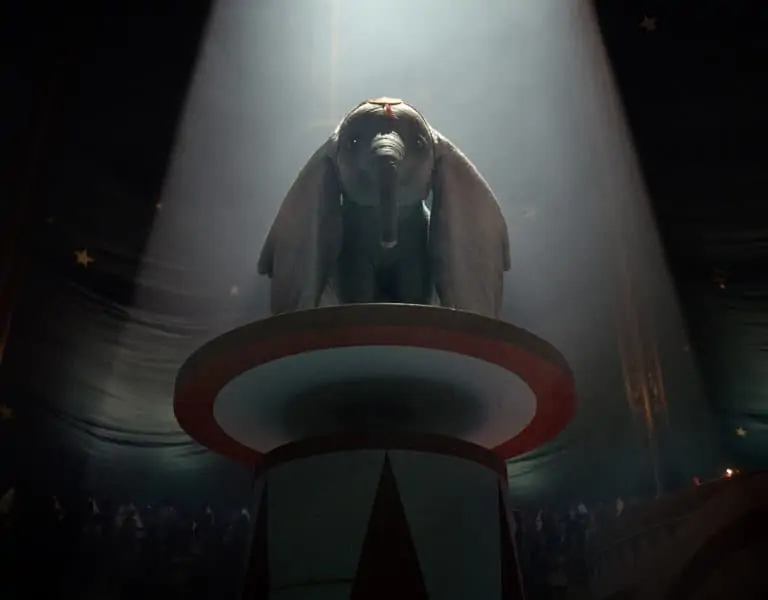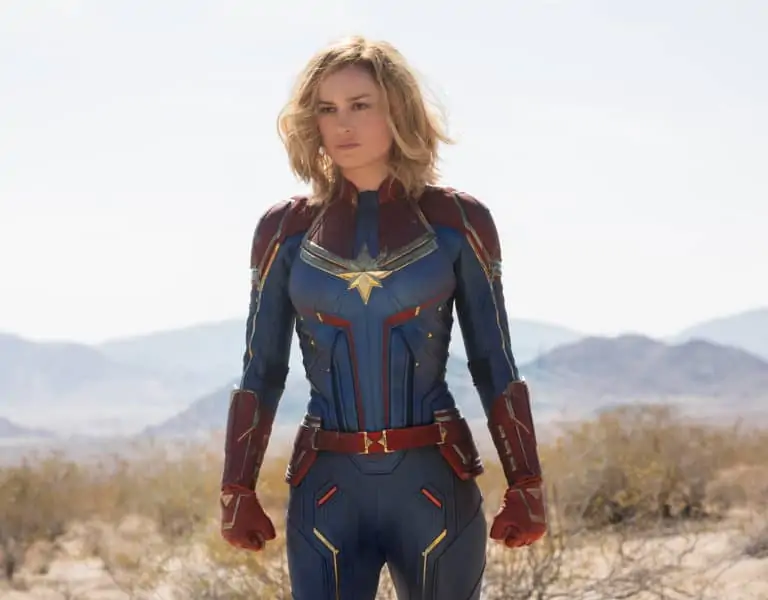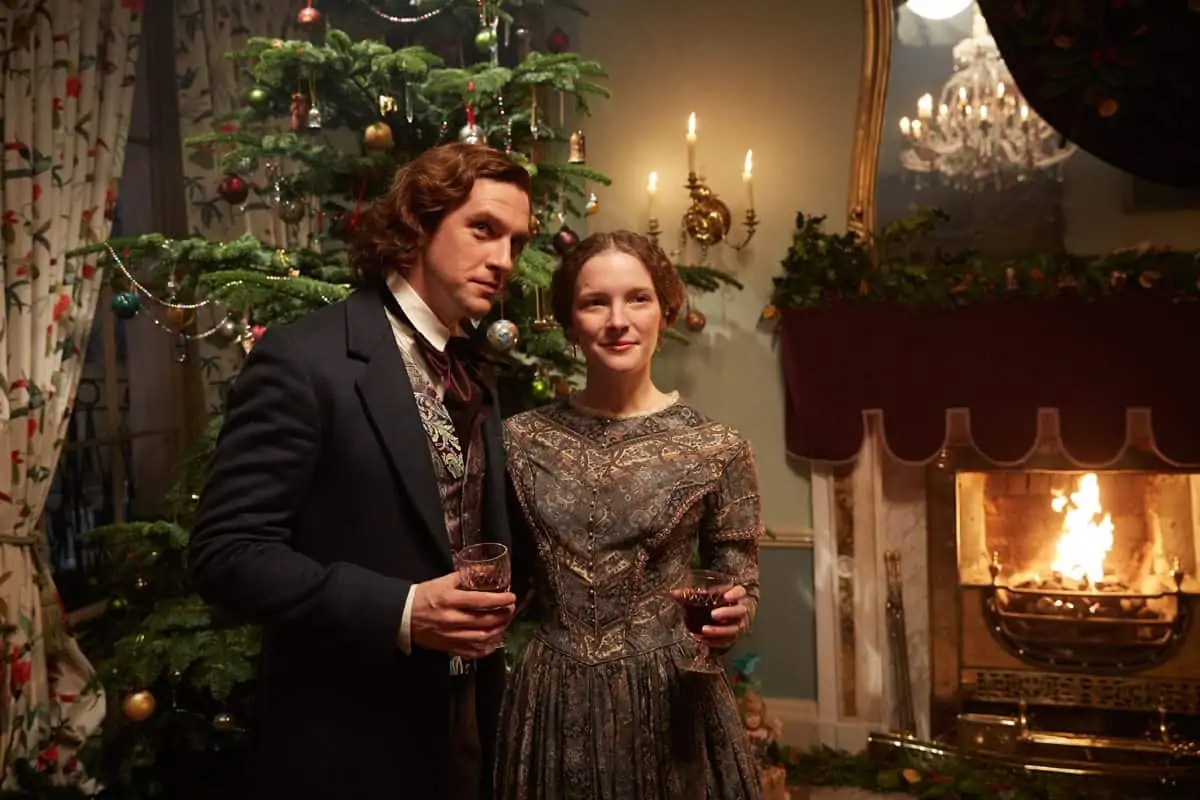Miss Behaviour
Ben Davis BSC / Tamara Drewe
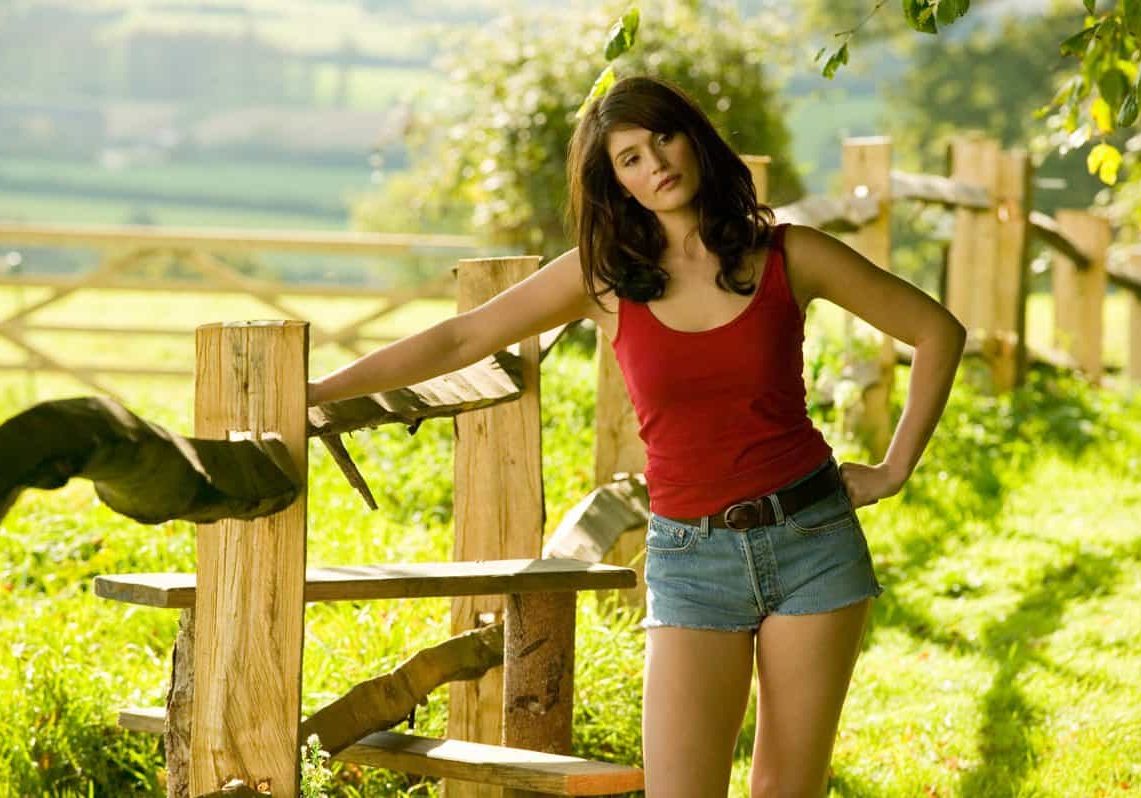
Miss Behaviour
Ben Davis BSC / Tamara Drewe
As a recent Guardian review observed, "Like the filthiest possible feature-length episode of The Archers, and with a tiny conceptual dash of Straw Dogs, Posy Simmonds's graphic novel series Tamara Drewe has been converted into a fantastically mad and undeniably entertaining bucolic romp."
It has achieved big laughs at press screenings, along with gasps and winces at its operatically violent ending. By all accounts, from cinematographer Ben Davis BSC, whose credits include Layer Cake (2004), Stardust (2007) and Kick-Ass (2010), Tamara Drewe was an enjoyable and enthralling production to work on. "Whilst the result of the film is light and frivolous, and just what the director intended, it was incredible to work on and I thoroughly enjoyed the whole process," enthuses Davis.
A Sony Pictures Classics release, directed by Stephen Frears, produced by Alison Owen, Tracey Seaward and Paul Trijbits, the lead role of Tamara Drewe is played by Gemma Arterton – an ugly-duckling of a teenager, who returns in babelicious triumph to her home turf, the sleepy Dorset village of Ewedown, where her ex-boyfriend, shy hunk Andy (Luke Evans), realises he is still in love with her. What unfolds during the film, written by Moira Buffini is no pastoral idyll, but "a seething hellhole of moral turpitude, where people will commit deplorable acts out of sheer resentment and boredom."
"Those visuals, shot in Dorset (which Frears apparently consciously envisaged as a “new Provence” for the film) have been likened to the spirit of the French New Wave of Godard, Truffaut and Chabrol. The whole film looks beautiful, with a chocolate-box depiction that the American audience will surely lap up," concluded another review.
So, we couldn't wait to ask Davis about his work.
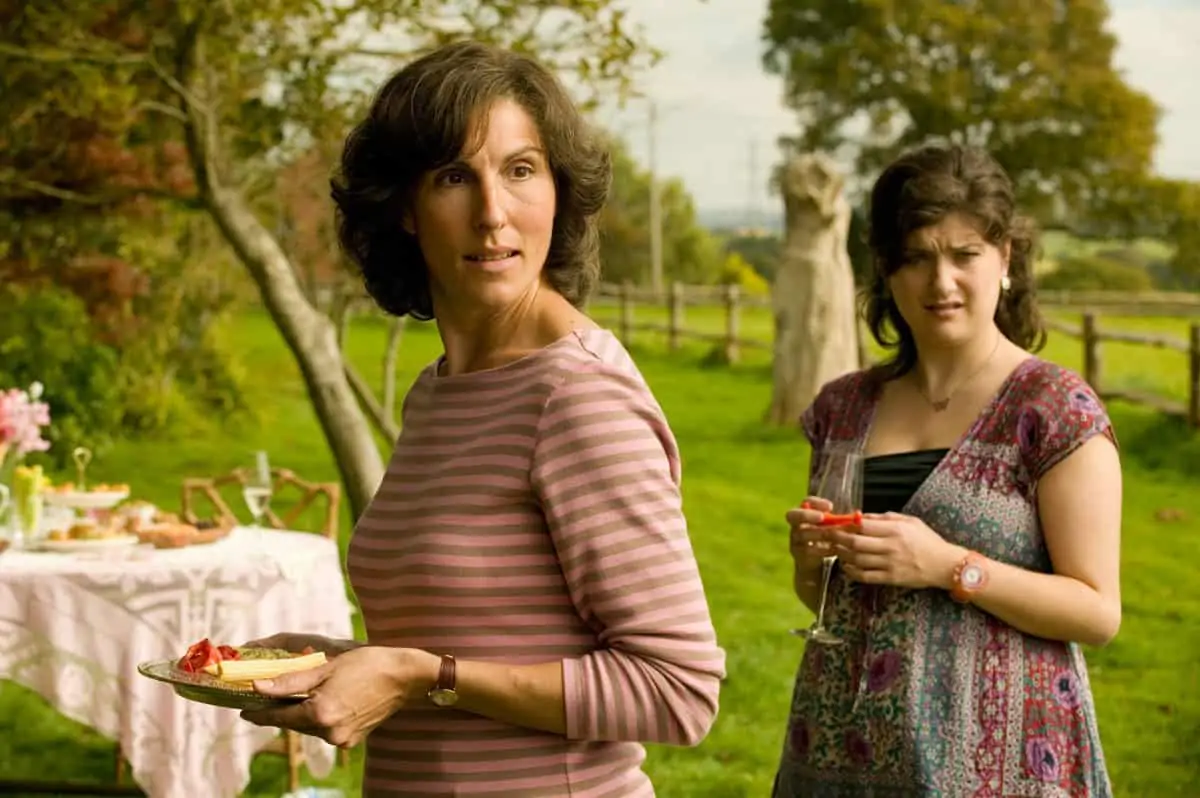
"The film is extremely entertaining and unselfconscious," says Davis. "Stephen made that point when the film was screened in Cannes. There's a lightness of touch it, so much so that although it's running time is the best part of two-hours, you feel like you have only been watching it for one."
Although Davis had never worked with Frears before, he says he was delighted to get a call from producer Tracey Seyward. "I went for meeting in Notting Hill Gate, at Stephen's favourite café Raoul's. I had read the script, but not had time to read Posy's graphic novel, and never met Stephen before. I listened intently to what he had to say, and wasn't sure at all that I would get the job when I left. Stephen is a very intelligent man who makes you think. He kept referring to the book. So I bought a copy, digested what he had said, and then it all clicked. I rang Tracey to arrange a second meeting, and things started working really well from that point," he explains.
In essence, the original graphic novel is a modern reworking of Thomas Hardy's nineteenth century novel Far From The Madding Crowd. The big debate was how to bring the book, also serialised in The Guardian, to the screen.
"Stephen wanted the visuals to be handled in a particular way, never too introspective, nor self-conscious. Rather the film had to be light and really fun to watch," explains Davis. "But we had to be true to the book. The story takes place in the countryside, over the course of four distinct seasons, which dominate the landscape and the proceedings. It starts in summer and ends in spring, and each season needed to have its own identity. It was my job to take this brief and make it work cinematographically."
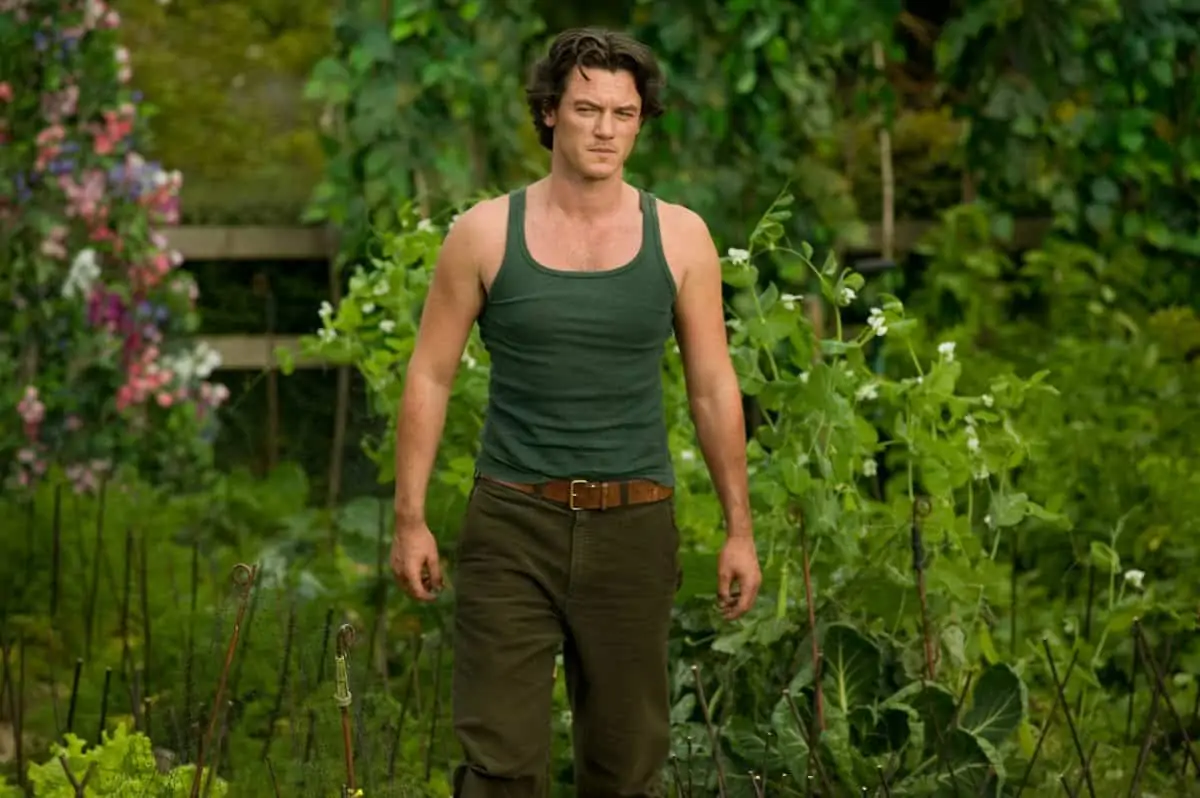
An obvious reference for Davis was the 1967 John Schlesinger-directed production of Far From The Madding Crowd, starring Julie Christie and Terence Stamp, with the legendary Nic Roeg the cinematographer. "I'm a huge fan of that film, it's stunning, breathtaking. They, of course, had the luxury of shooting over the course of the seasons. I watched it just before we shot, and realised just how clever and intelligent a work it is. Tamara Drewe is not a remake of Far Form The Madding Crowd, but if you know that film then Tamara Drewe will amuse you, and you will enjoy it even more for that."
Principal photography took place during a seven-week period, from late August to mid-October 2009, mainly in west Dorset, but also for a week on stages at Pinewood Studios.
Davis says that Frears left the choice of format and aspect ratio up to him, but with the proviso that the camera should be able to move freely. Davis decided against anamorphic, due to the weight and set-up time of the lenses, and opted for 2.35.1 on Super 35mm. "I'm a great fan of this aspect ratio, as it seems natural when I am framing. This film is about multiple characters, so you can easily compose a shot with one character in close-up, with a second character in the background," he says.
Cameras included ARRI LT and STs for speed and ease of deployment, fitted with Cooke S4s. "Being T2 the Cookes are fast, and they deliver a crisp clean image," says Davis. "Also, they're solid and robust, and as most of the lenses are the same size, you don’t have to change the camera set-up so much."
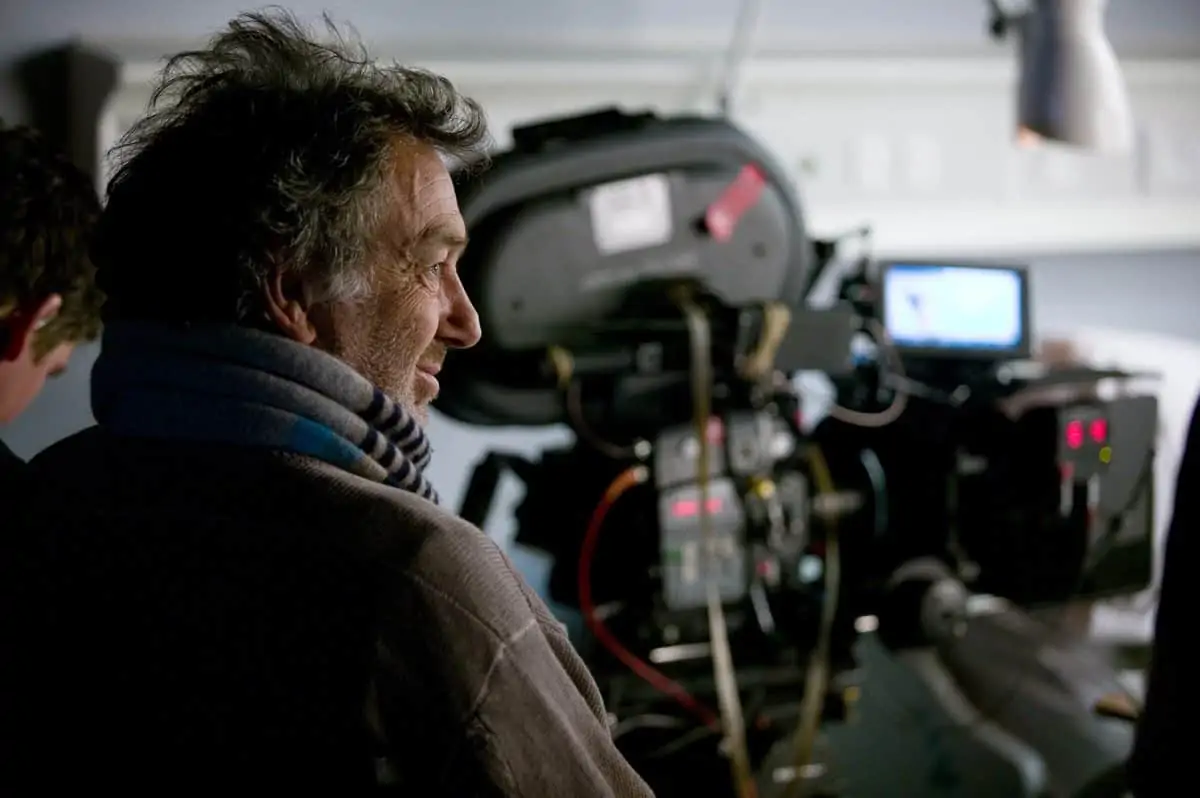
"The story takes place in the countryside, over the course of four distinct seasons, which dominate the landscape and the proceedings. It was my job to take this brief and make it work cinematographically."
- Ben Davis BSC
Davis selected Fujifilm stocks, "as these have a little grain, and I like a bit of texture to the image. The Fuji 500 daylight I used mixes colour temperatures very well. Daylight through the windows combining with warmly-lit interiors comes out very well."
Speaking about the colour palette for the fours seasons in the film, Davis immediately praises the work of Alan MacDonald, the production designer. "I think his was the greatest challenge of all – how to make the autumn season we had to shoot in look like winter, spring and summer? We discussed this at length and planned on using some visual effects, some in-camera techniques, plus the DI grade to each contribute to the look of the different seasons."
Davis describes the summer as a very saturated, warm palette, not a look that he is especially fond of, but which gave a real identity to that time period. The autumn provided a strong visual change, assisted by some bad weather, with the saturation drained from the images, and a more neutral look applied, making flesh tones less rosey and more natural. For winter, Davis shot half-corrected tungsten stock, knocking back the windows and using plenty of tungsten light to make the images more austere. For spring, it was back to the neutral tones of the autumn look, but with more warmth and colour added, particularly to the greens, enhanced further during the DI grade.
Davis says he is flattered by the comparison to Chabrol, "but for me Tamara Drewe isn't that. For me the visuals in the film were about telling the story, and we tried to avoid it becoming too photographed. I wanted the camera to be free to do what it needed to do under Stephen's direction. We didn't want anything visual to get in way of the characters and the film. The viewer should not be aware of the images, just the story. Most films I done have had a strong visual identity. This production was more about the characters and story."
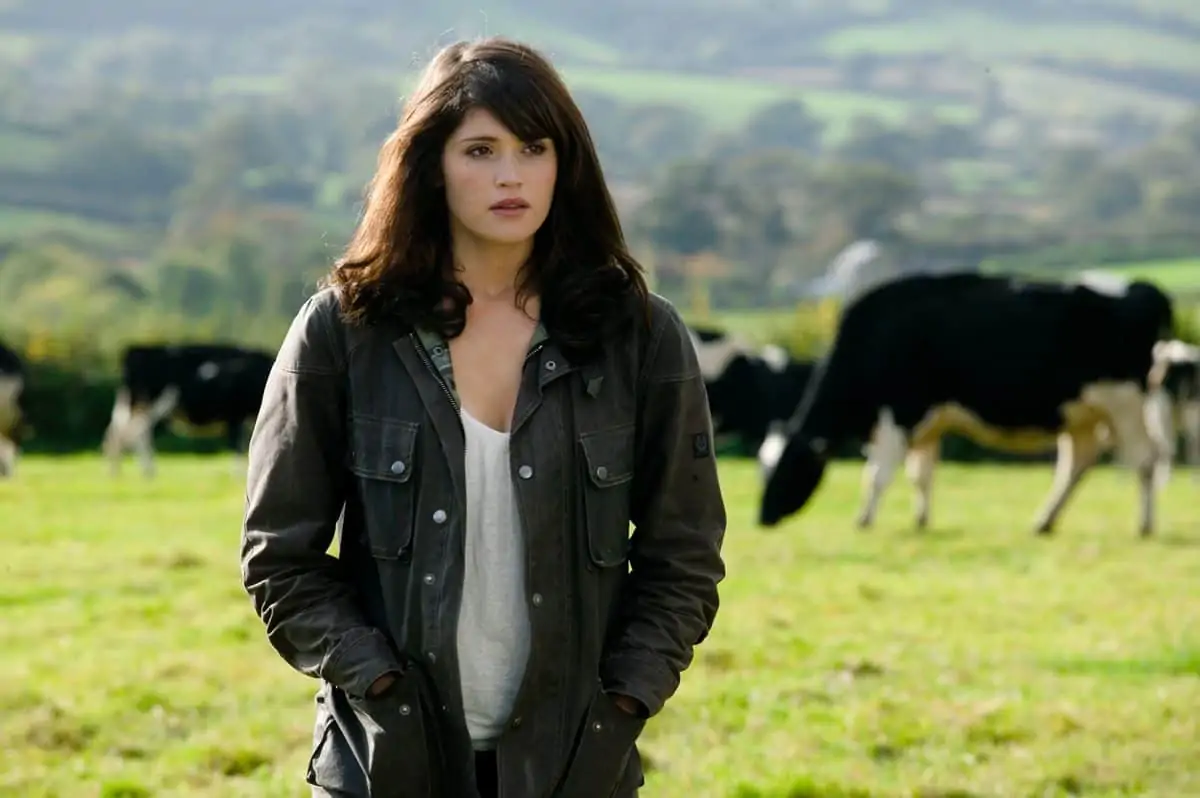
Davis says he was very liberal with the camera movement in the film. "Stephen was very clear about this, that the camera needed to be able to move when required. There's not much handheld though, in fact most was done on a dolly, so it was quite traditional in that sense, but I did use zoom lenses a lot. That's maybe where the 1970's French New Wave film references come from. I like using the zoom, it's another tool in the DPs toolbox. They were once a revelation, but got sidelined due to their inferior image quality. However, today's zooms are very good indeed, and they're especially interesting when you move the camera laterally at the same time. Have a look at the opening shot of The Conversation (1974, DP Bill Butler), and you'll see what I mean. It's one of the great zooming shots in film."
In terms of Davis' lighting strategy, he points to his gaffer David Smith. "He took a lot of the weight away for me. I like to operate, and did on this film. Lightwise, we kept the exteriors and interiors natural, and worked on the premise of giving Stephen the ability to do what he wanted to do by keeping lights off the floor. When we were shooting exteriors, I used very little light. I don't tend to light exteriors, for me it's about controlling the daylight. It's far better to manipulate what you're given, to soften or redirect it, or introduce contrast into the negative."
As the production was based in Dorest, dailies were delivered from Deluxe, although Davis would print up sections of the negative and review as and when he could, also paying keen attention to the lab report on printer lights from Clive Noakes, saying "it's important that the negative doesn't take the scenic route, and remains correctly exposed"
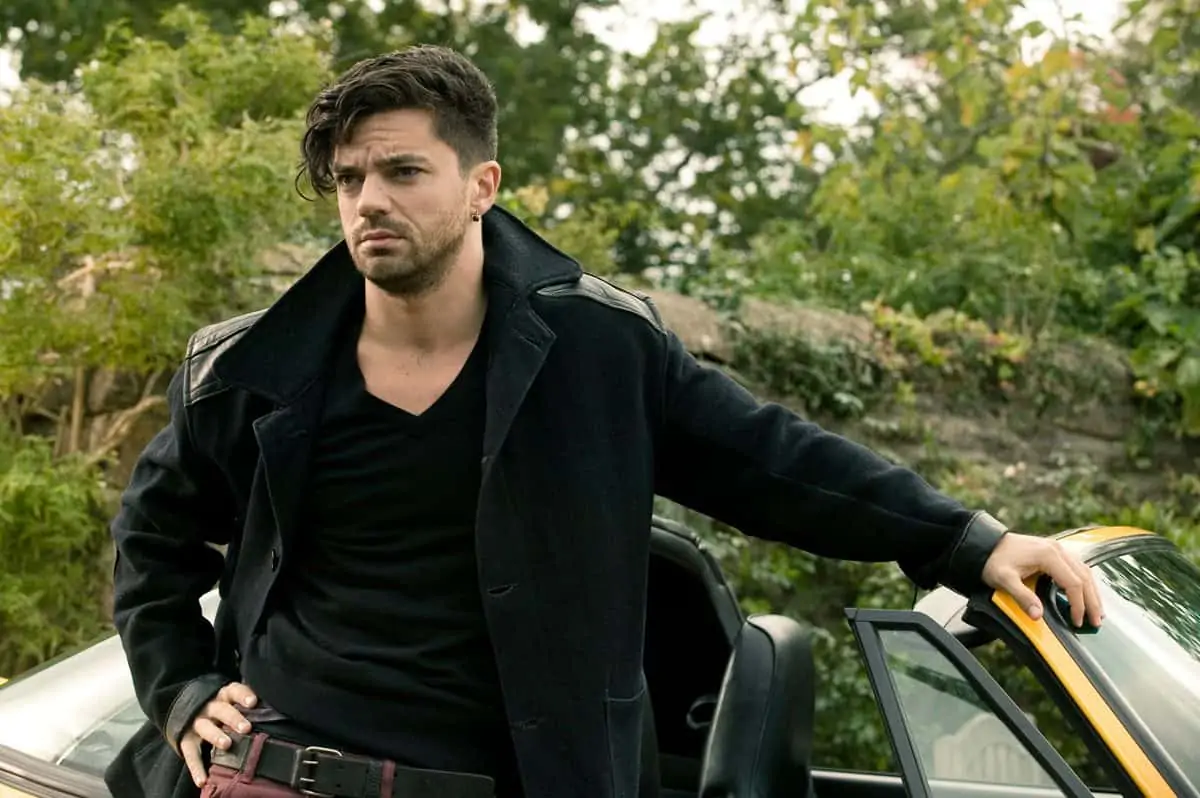
The DI on the film was completed at Pepper in Soho, by Adam Inglis. "He's a good colourist. I was able to attend the grade, which was mainly about finessing the palette for the different seasons, for eight days, but in my absence Adam took care of the rest."
All-in-all, Davis says it was a delight to work on this film, and a revelation to work with Frears. "Stephen is one of my heroes, and he has wonderful people around him, such as Tracey his producer, Alan MacDonald, Stuart Renfrew the first assistant director, and Penny Eyles our script supervisor. They work with him regularly, and are very experienced.
"I have to say that I learnt a lot from Stephen. He has a remarkable vision. He has the whole film from start to finish in his head. He sees the whole journey of each character, and would explain that clearly to everyone each day usually at breakfast in his caravan. He can change and adjust on the fly too, which means you have to be at the top of your game. He also directed standing beside the camera, which was great for the actors and great for me. He rarely looks at the monitors, except for an occasional glance at the onboard. He's great with the actors and the crew too, very firm and determined to get what he wants, like a conductor, but everybody responds so well to his approach. Shooting the film was fascinating and inspirational for me."
